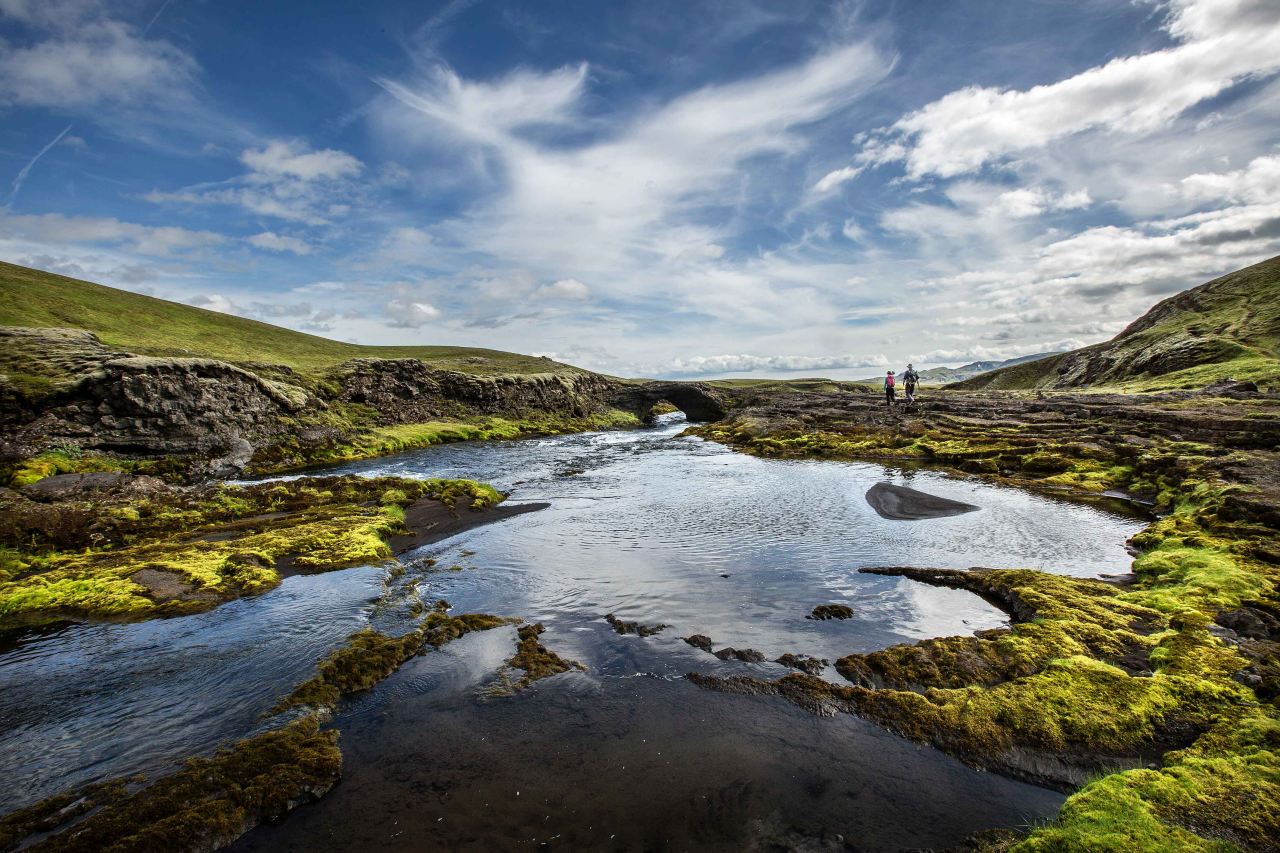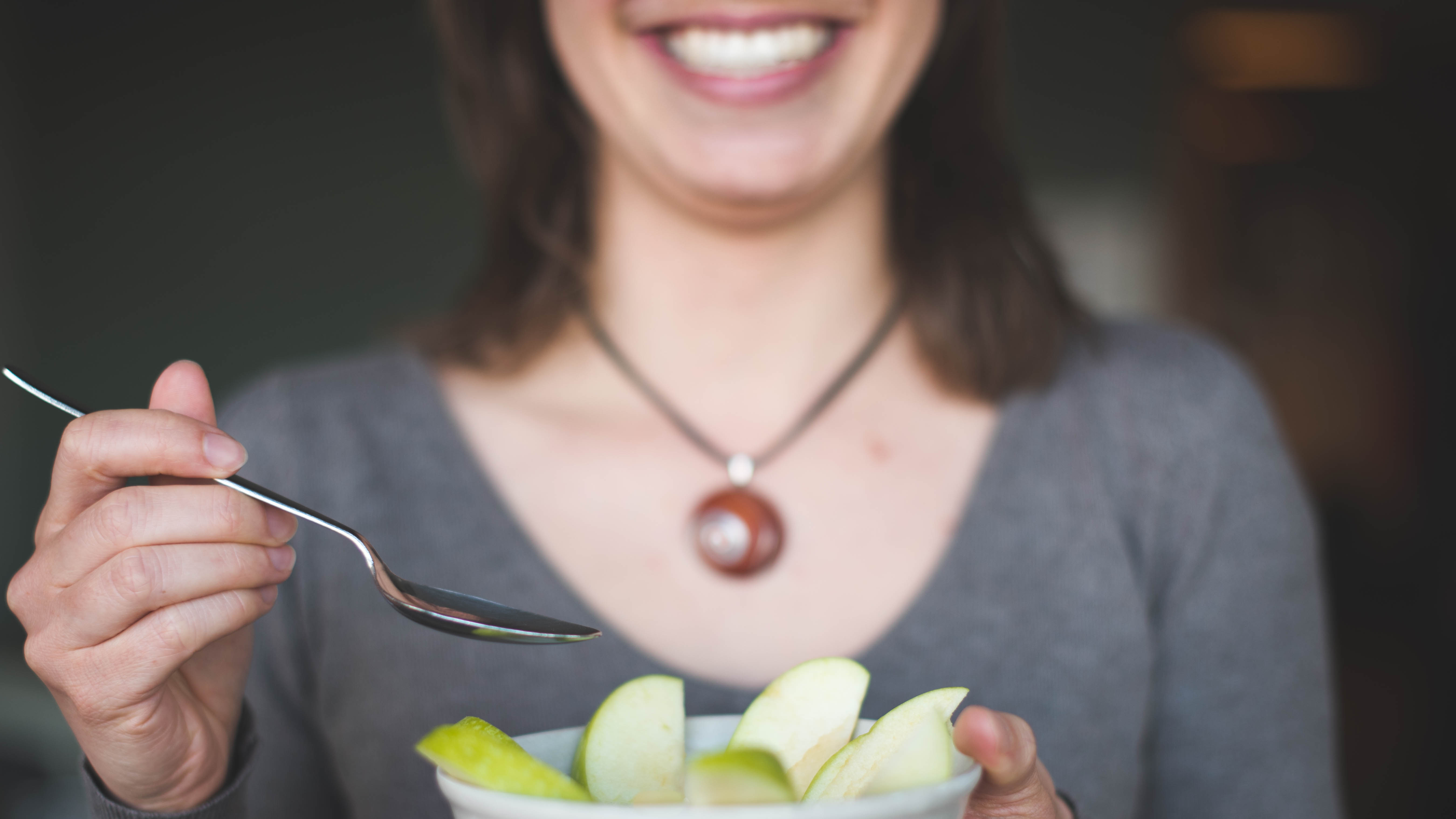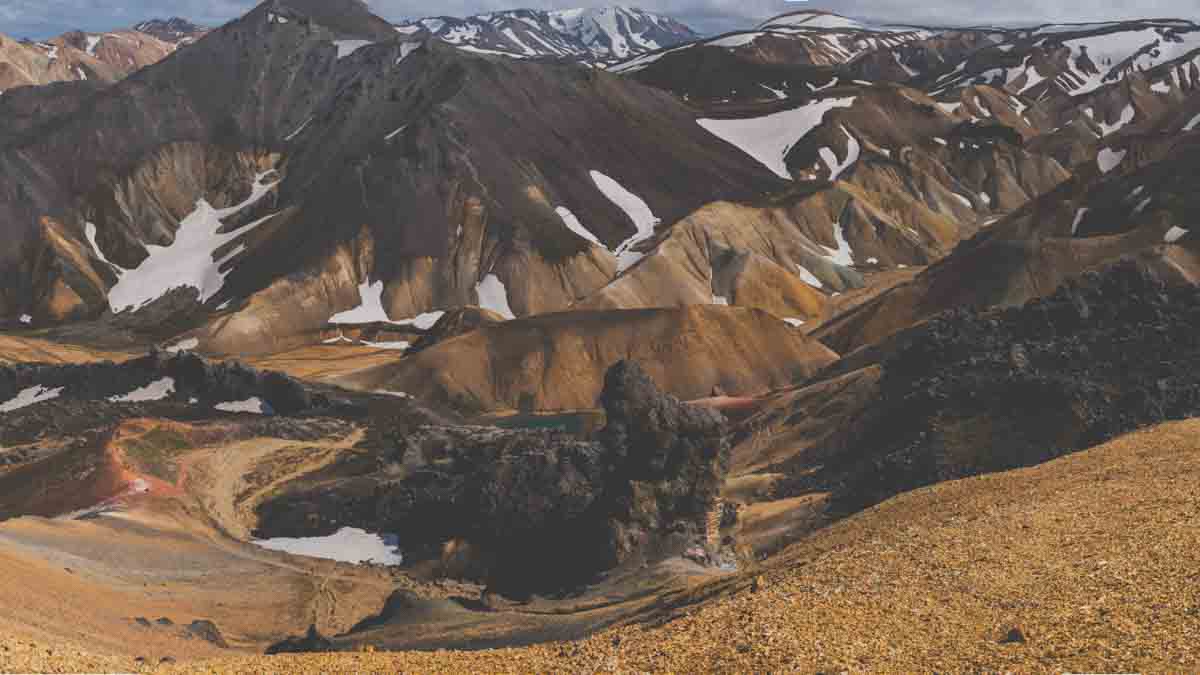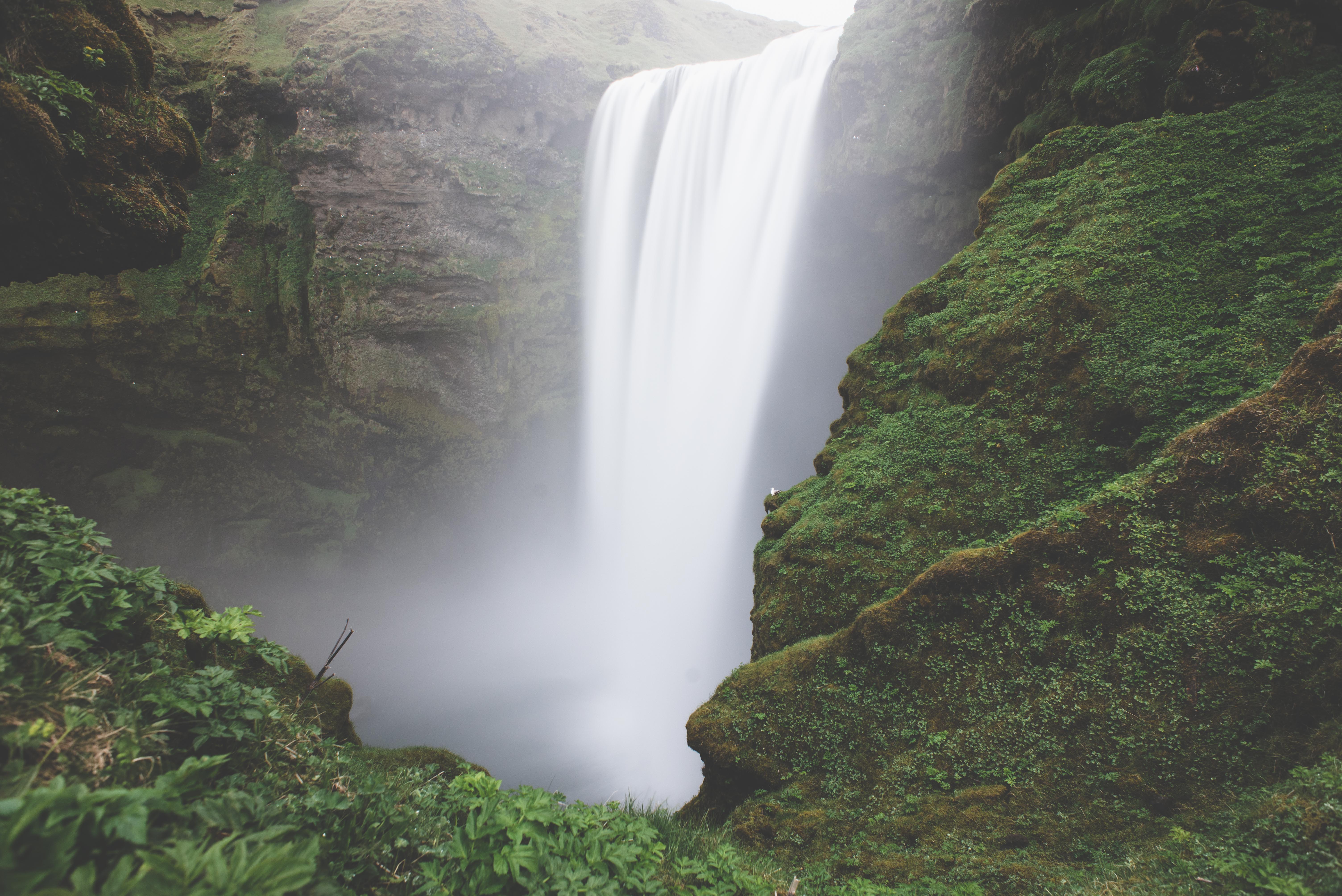The Evolution of Icelandic Food Culture: From a Lack of Colour to a Whole Rainbow
For centuries, life in Iceland has been a constant struggle. Large tracts of the countryside have very little fertility and support very little arable farming. The winters are long and dark. When the short summer comes around, work takes on a feverish place, to make the necessary preparations for winter. Time was of such an essence, that Icelanders would even knit their socks and show inserts while they were walking out to their fields.
Much of these preparations revolved around food. Gathering hay, rearing animals and accumulating reserves and good planning meant that you could stave off want, and have a winter of relative plenty.
The origins and evolution of Icelandic food lay in this history. This week, we explore how Icelandic food has moved from these simple roots right through to a cosmopolitan and indeed Michelin-starred affair.
Preservation is the key
How to preserve food? This has historically been a worldwide problem. A common method (at least in continental Europe) has always been to salt food to prevent bacteria from spreading and to preserve it longer. In Iceland, this was a matter of life and death.
Preserving food with salt was not quite as common in Iceland as it was in other places, and this may because of a lack of availability of large quantities of salt. This is put down to the fact that in order produce salt, it was necessary to boil sea water. To boil, you needed heat. To get heat, you needed a fire. To have a fire, you needed wood. Iceland had very little wood, so much of the salt that was available was used to salt Cod for export. Salted Cod remains to this day a very important export commodity in Iceland.
Rather, food in Iceland was primarily fermented, pickled or smoked. Many of the traditional Icelandic foods were fermented in some way:
Skate: commonly eaten on December 23rd, and often not in your own house (in a separate dining hall) due to the string smell of ammonia, Skate is considered a delicacy in Iceland. The fermented skate is probably the strongest of all the Icelandic foods, even stronger than the shark.
Súrsaðir Hrútspungar: Pickled Ram’s testicles. Sour, due to the pickling. This was a last resort, when all other food stores had been used up.
Svið: This is the inside of a sheep head, cut in half. The flesh lays primarily in the cheeks and tongue. Only the daring eat the eyeball.
Icelandic food encompasses a lot of other (and tastier) foods, like Skyr, Meat soup (kjotsupa) and the famous Iceland Pylsa.
From a lack of colour to a whole rainbow and haute cuisine!
For this reason, Icelandic food has often lacked colour, and there was a noticeable lack of fruits and vegetables. Only two generations ago, it was not uncommon for an Icelandic family to get a single orange for Christmas to share between them.
However, in recent decades, Icelandic food has undergone a complete and categorical overhaul. Iceland harnessed geothermal technology to build greenhouses where many fruits and vegetable are now grown. Mushrooms, tomatoes, bell peppers and cucumbers. Even roses!
Not only this, but Icelandic diets have changed considerable also. As Icelanders began to travel to other countries and experience different kinds of food, they brought back all kind of ideas with them. Combine this some tradition Icelandic ingredients, and some remarkable things are happening, some incredible fusions of continental ingredients and flavours and traditional Icelandic inputs.
The plethora of interesting and innovative restaurants in Reykjavik is a testament to this: ever tried a marinated Cod’s head? Go to Matur go Drykkur and you can! How about Cod chins au gratin? Three Coats has you covered!
Recently, Reykjavik and indeed Iceland has earned it’s first Michelin star: Dill! How long until Dill gets its second Michelin or a second Icelandic restaurant gets a star? Who knows!
Vegan and Vegetarian Iceland
Part of a major trend arguably worldwide has been the rise of vegan and vegetarian food, a welcome trend indeed! This move has been a big part of the innovation of Icelandic food, made even more remarkable by the fact that the Icelandic diet is mostly (read: almost entirely) made up of animal products. Such a rapid (and continuing) change is remarkable indeed!
Vegan and vegetarian options are plentiful indeed: Try GLO for food that you can be certain is fresh and healthy, Vinyl for an all-vegan menu and Aalto Bistro for a higher-end option.
Explore the whole range of Icelandic food!
Although there has been considerable innovation, it is important to note that Icelanders still consume many of the foods that have been eaten here for centuries, including Skyr, Smoked Lamb and Cod, and they remain very popular: Iceland still consumes more fish than the OECD average!
Since it’s all still around, we strongly recommend that you experience the entire range for yourself: go from the traditional foods right to the cutting edge, where great things are happening! You can get a excellent round up of the traditional stuff (including the shark) on our Reykjavik by Food tour. Lastly, if you want to experience the inide of a n Icelandic Greenhouse, you can try to golden circle tour that will take you to the Fríðheimar geothermal farm.







